50+ Sample Event Lists
-
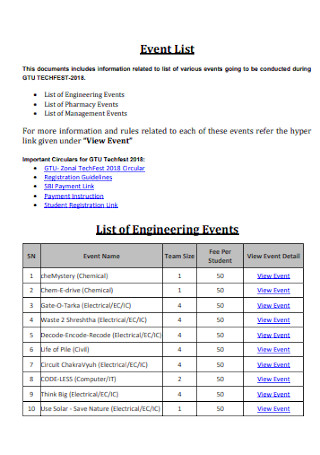
List of Engineering Events
download now -
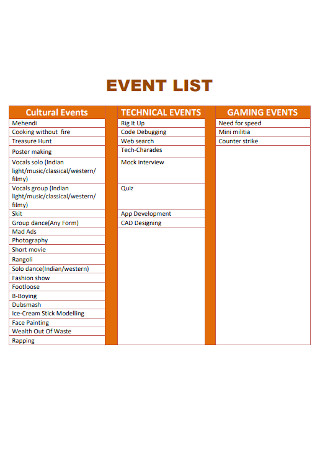
Sample Event List Template
download now -
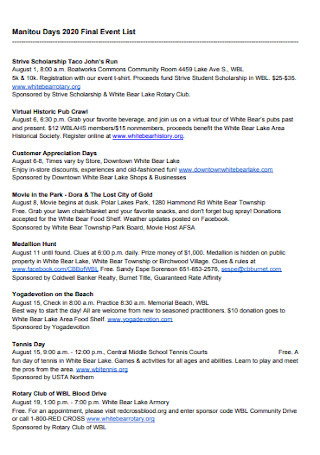
Final Event List Template
download now -

Sample Calendar and Event List
download now -
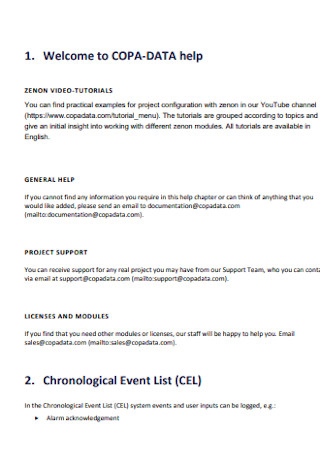
Chronological Event List
download now -
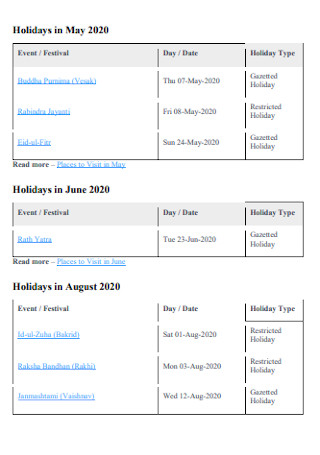
Event Holiday List
download now -
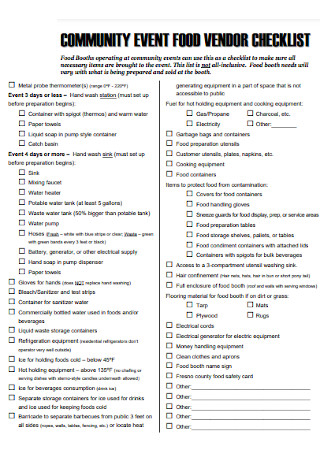
Community Event Vendor Checklist
download now -
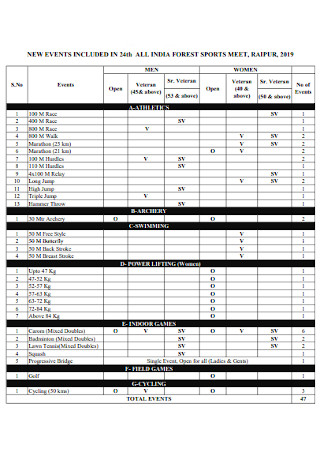
New Event List Template
download now -
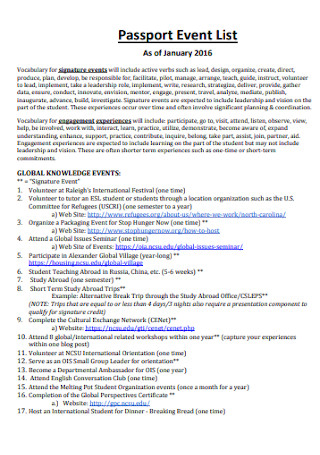
Passport Event List
download now -
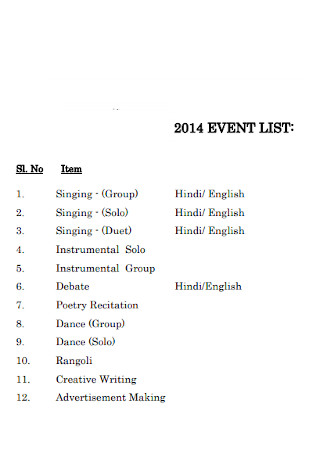
Simple Event List Template
download now -
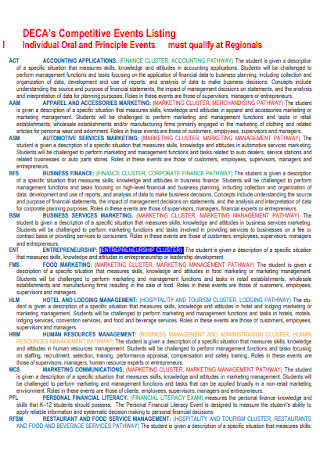
Competitive Events List Template
download now -
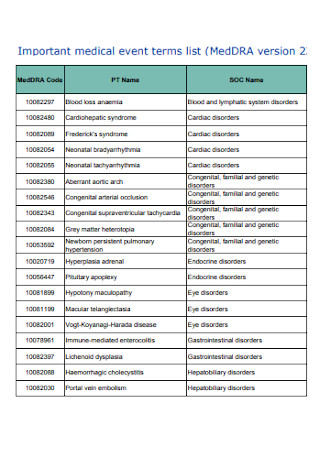
Medical Event List Template
download now -
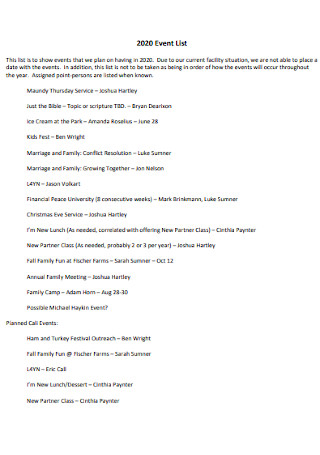
Basic Event List Template
download now -
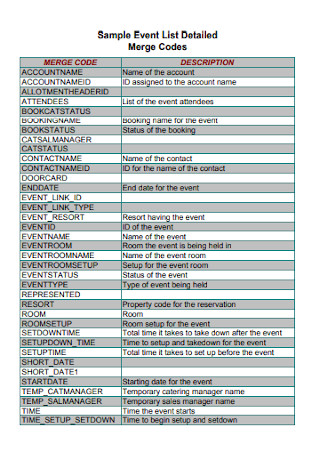
Sample Event List Example
download now -
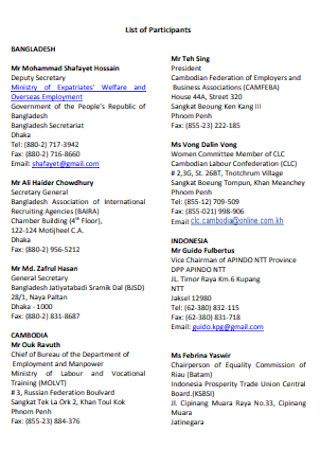
Event List of Participants Template
download now -
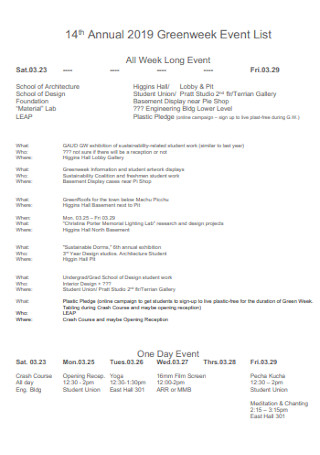
Annual Event List Template
download now -
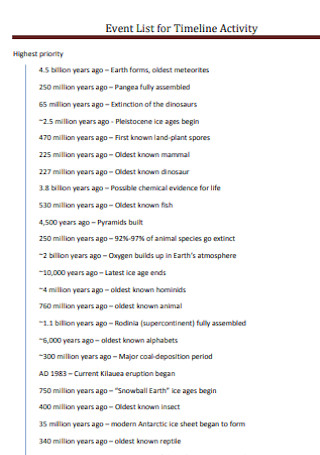
Event List for Activity Template
download now -
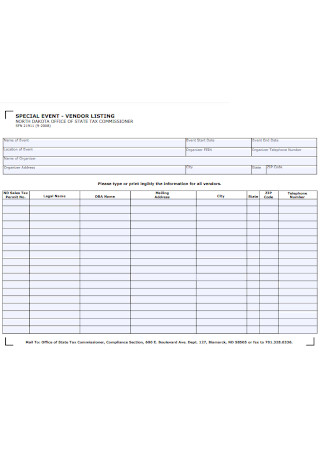
Sepcial Event List Template
download now -
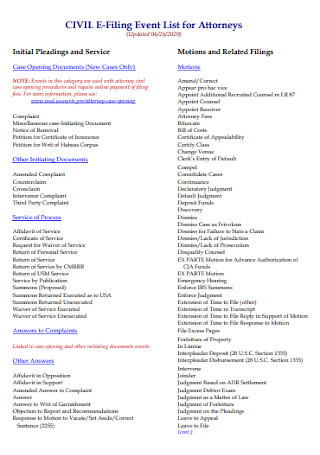
Event List for Attorneys Template
download now -
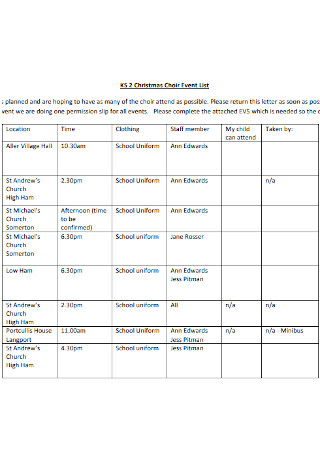
Christmas Choir Event List
download now -
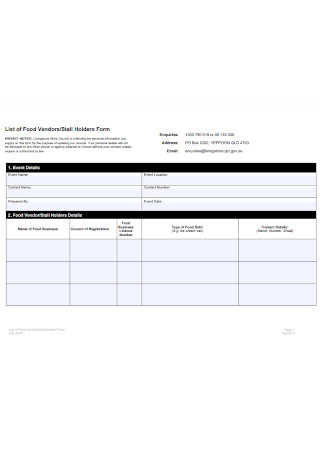
Event Food List Template
download now -
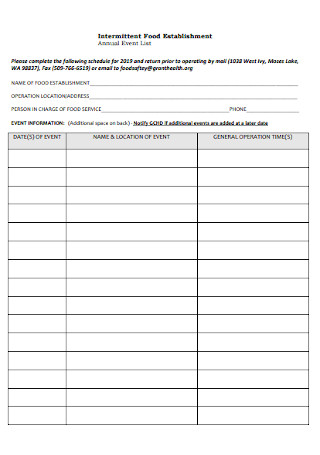
Annual Event List Example
download now -
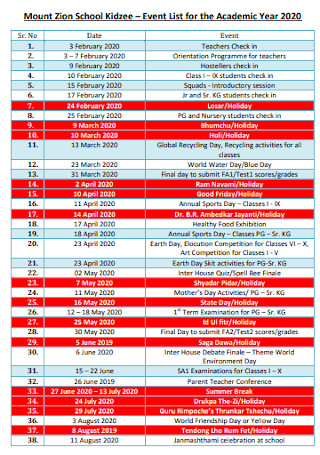
School Event List Template
download now -
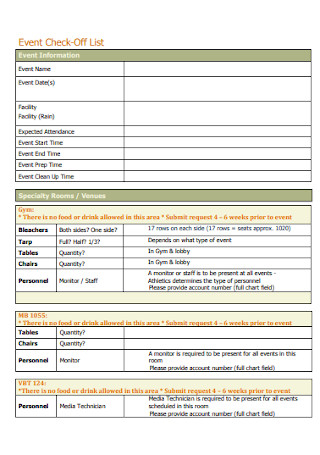
Event Check-Off List
download now -
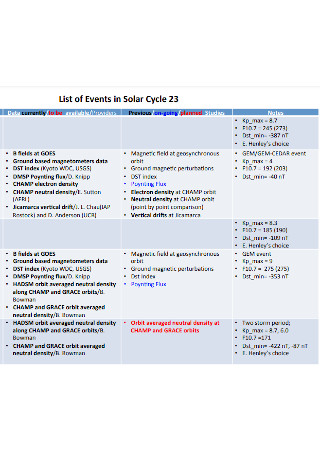
List of Events in Solar Template
download now -
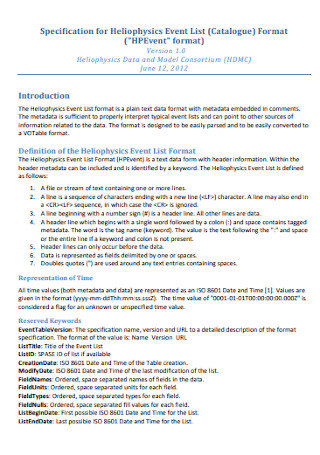
Event Catalogue List Format
download now -
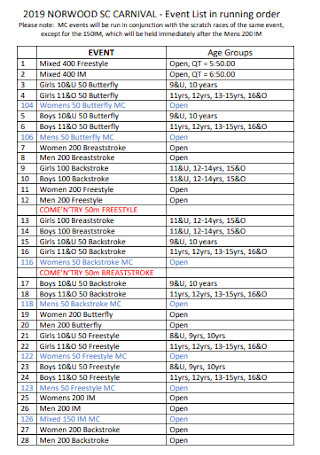
Event Order List Template
download now -

Event Photography Check List
download now -

Event Authorized Vendor List
download now -
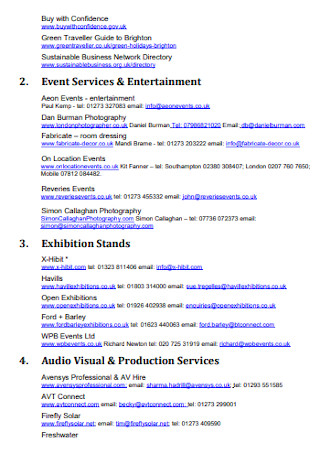
Event Suppliers List
download now -
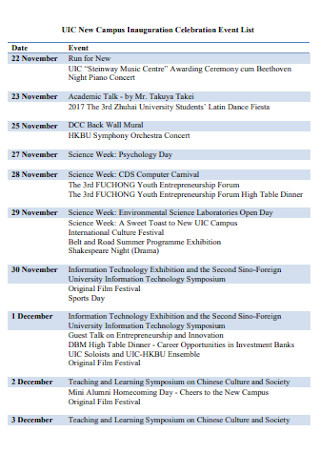
Campus Event Celebration List
download now -
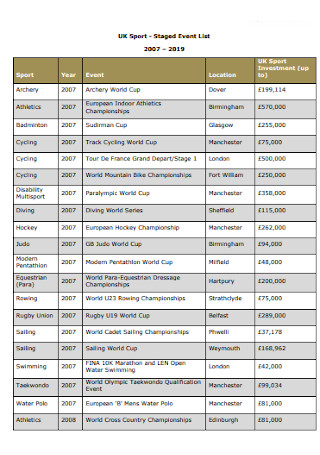
Sport Event List Template
download now -
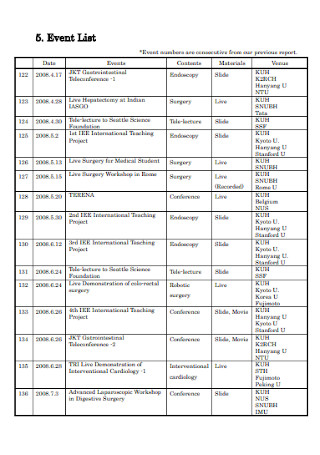
Formal Event List Template
download now -
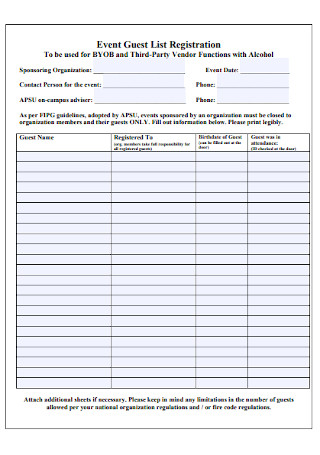
Event Guest Registration List
download now -

Event Planning Contact List
download now -
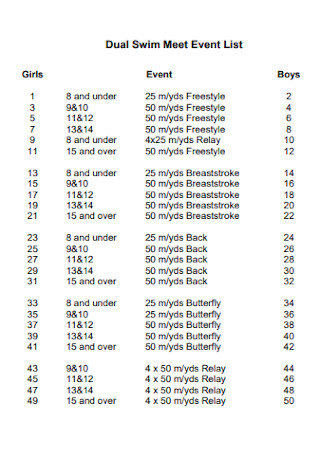
Swim Meet Event List
download now -

Event Committee List Template
download now -
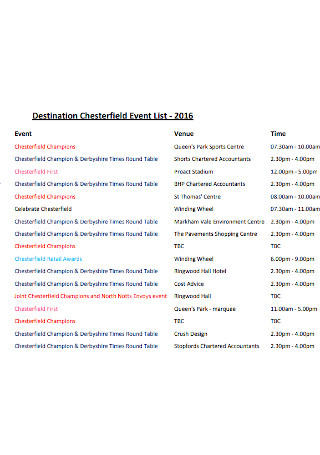
Destination Chesterfield Event List
download now -
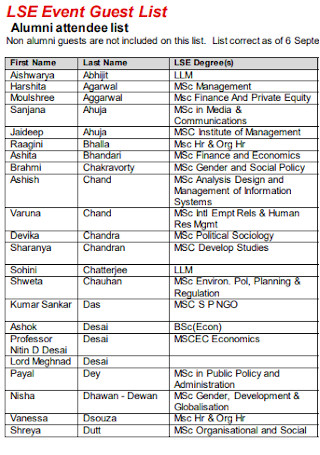
Event Guest List Example
download now -

Events Portal Contact List
download now -
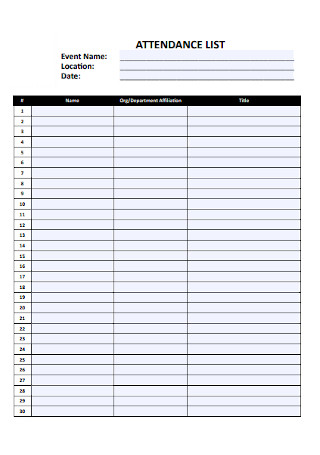
Event Attendance List Template
download now -
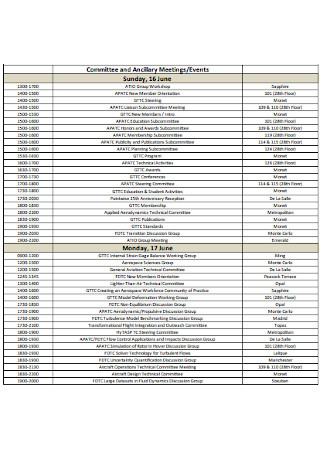
Event Meetings List Template
download now -
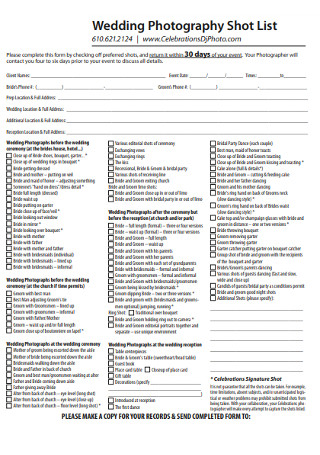
Event Wedding Photography List
download now -
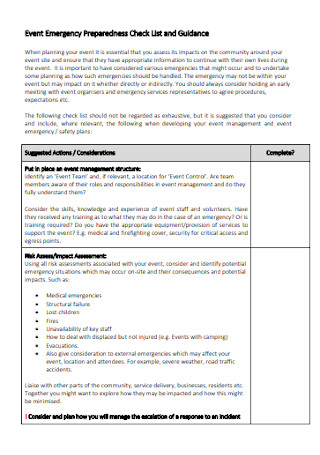
Event Emergency Preparedness Check List
download now -

Fathom Events List Template
download now -
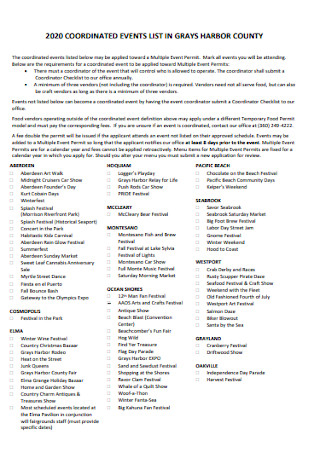
Coordinated Event List Template
download now -
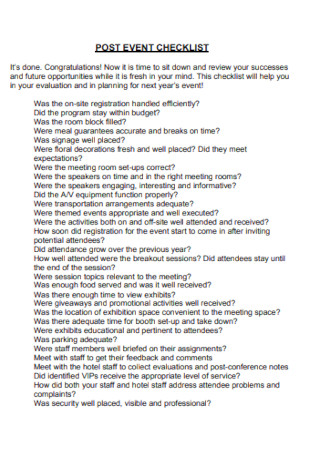
Post Event Check List
download now -
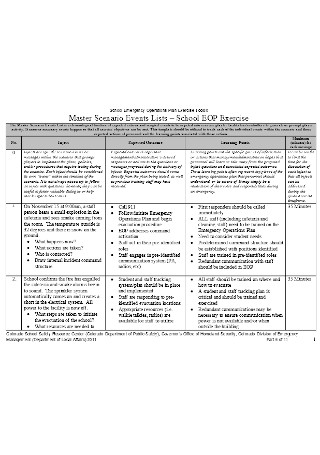
Master Scenario Events Lists
download now -

Event Safety Check List
download now -
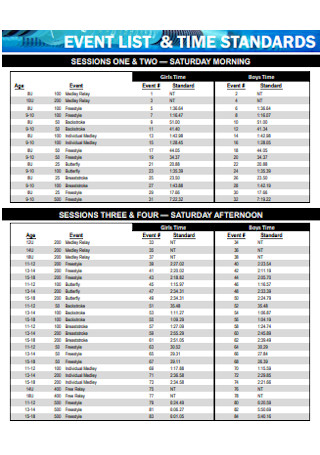
Standard Event List Template
download now
What Is an Event List?
An event list is basically your go-to document in managing, planning, or organizing any type of event. And how event lists differ from one another would depend on your purpose in making it. You may use the event list as an event planning business plan containing the steps of how to run the business, an event checklist of what to buy or prepare for a gathering, or even a master list of all event names and related details you handle that are arranged chronologically.
According to The Guardian, event planning always comes with the five Cs—concept, coordination, control, culmination, and closeout.
Also, did you know that approximately 89% of event planners loved their journey in the event market?
Why Are Event Lists Important?
First of all, understand that the event industry is one of the most potent facets in business. And event marketing‘s exponential growth is solid proof of that. Hence, the need for event lists—reliable documents to ensure that upcoming events turn out as a success. It is through these lists that you can design and structure events from the number of happenings, event names, event dates, venues, rundown of programs, progress, deadlines, and so much more. And if you want to take event planning to the next level, you can always refer to a blank event list template for reference.
The Different Types of Events
Before you dive into making an event list, make sure you understand the various types of events first. An event is too generic because it could refer to a birthday bash, anniversary party, fundraising event, business meeting, and other types of social events. And here are some notable examples to distinguish what’s what for every event:
How to Create a Winning Event List
Now that you got the refresher of the various types of events, you surely know the specifics of any event you handle from now on. Moving forward to the most important part, are you ready to make your own event list? It is so easy to craft, especially when Sample.net has your back for editable event list samples. Without further ado, here are the steps in creating a top-notch event list:
Step 1: Download a Sample Event List Template
Gone are the days you make lists from scratch because premade samples are simpler and quicker to create. So run through the collection of every events list template in this article so you can choose and curate your preferred template. Available in PDF and MS Word format, you may use the spreadsheet version or print the document. Rest assured, a professionally made event list can promise you effective event management.
Step 2: File Your Events According to Event Names
Don’t just list every item in one whole list without categorizing everything carefully. As a start, your main list should be the names of every event you handle. Then subcategories will follow per event name, which will be discussed in the later steps. Your number one event name should be the event that’s coming real soon. That’s because your list should be itemized chronologically. That way, you won’t be confused as to which event is coming soon or which still can be prepared later on. Also, be specific with every event name so you won’t confuse one event with another.
Step 3: Be Specific with the Event Schedule
An event list would be incomplete without an event schedule. And this event schedule is the first subcategory expected per event name. Don’t just mention the day, month, and year of an event because some events take more than one day. Also, you need to incorporate the timeline of your event. State the exact hours or minutes of when the event starts or ends. You may opt for a summer schedule, weekly schedule, 12-month schedule, and more.
Step 4: Identify the Event Venue
Of course, where the event takes place matters a lot. State the complete address of where each event is expected to happen. And don’t forget to ensure that the area is accessible, easy to navigate, or that you have already booked the place. Otherwise, it will be an unforgettable faux pas for you in failing to secure the planned event location on the actual event date. Also, if one event takes place in different locations, then list them down in another subcategory.
Step 5: Outline the Event Program
Probably the hectic yet really essential part of the event list development process is the event program of each event name. So what is expected to happen in an event from the first thing in the morning to the last part of the event? Note them down in the event list ala to-do list. And be sure to set feasible targets in making each event program because maybe you assumed something can be achieved in a few minutes but it could actually take an hour if considered practically. And continue adding whatever is needed or relevant to your event list’s library.
Step 6: Take It Easy
An event list doesn’t have to be a daunting and intimidating process when you know what works easy for you. Remember that the steps given here are standard recommendations. Don’t forget to go the extra mile of working on what works best personally for you or the events. For example, you can incorporate a checklist of items on what to bring to the event, a budget sheet for every dime spent per event, or an event to-do list to guide you with what must be done from start to finish. In fact, you’re free to alter the format of your event list document. So whether you want to add a month-to-month calendar, stellar graphic design poster, or a detailed infographic chart, anything’s possible with Sample.net.
FAQs
What are the five Cs of event planning?
The five Cs of event planning are concept, coordination, control, culmination, and closeout. And they all contribute to assuring that your event runs successfully.
Is event planning a nice job?
It all depends on your experience on how nice a job is but according to G2, 89% of event planners loved their trajectory in the event market.
What is calendar event?
A calendar event or event calendar outlines every single date you could use to plan your event. And rather than listing the dates conventionally, event calendars are more visual so you can just go to any calendar date and list your event plans easily.
Despite the long periods, costly expenses, and arduous efforts involved for any type of event, always remember that the event industry doesn’t slow down. There are even plentiful ways to handle events that some don’t need to be attended personally (virtual events). More so, innovations, trends, and new tactics in event planning will be faced from time to time. But no matter what sort of event you need to plan or manage, you can keep up with everything using a well-made event list sample. Download now!
